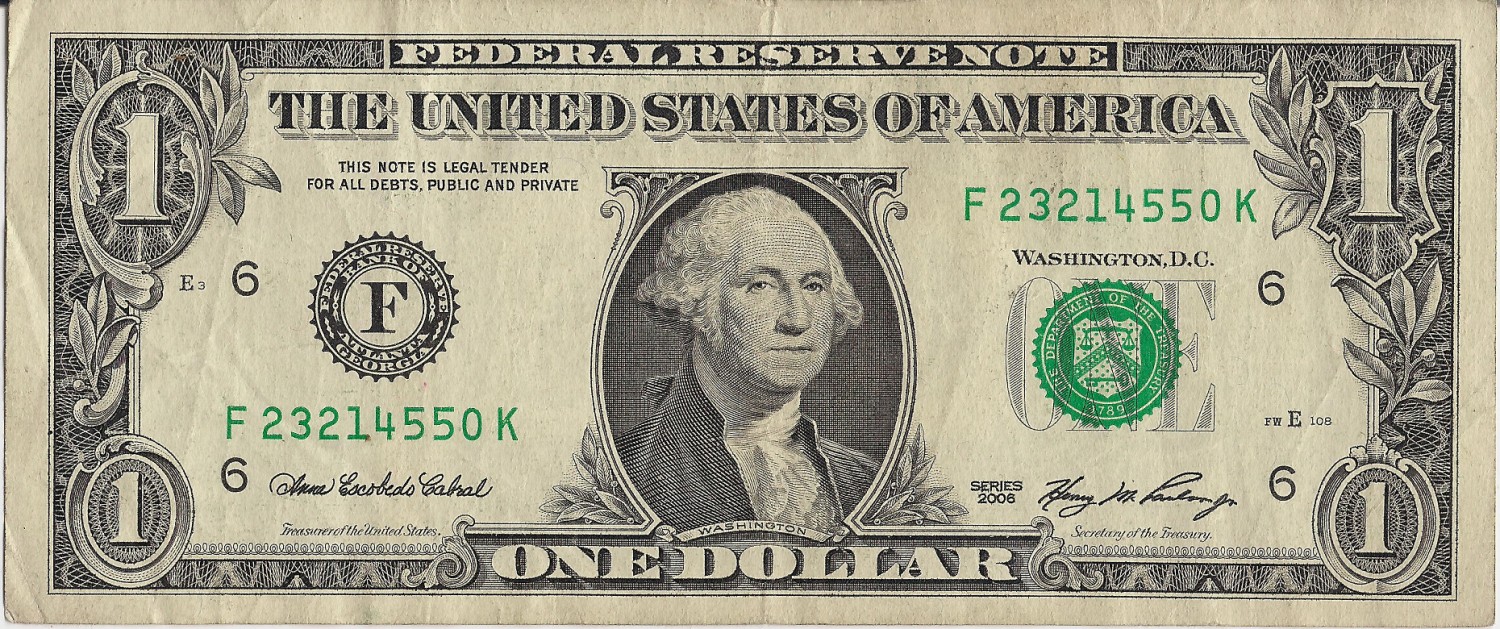These days, it feels like you can’t buy much with it, but everyone knows the U.S. dollar. It’s recognizable and pretty iconic—after all, it even has stores named after it.
But how much do you really know about the almighty dollar? This colorful infographic by The Money Project lays out 31 fascinating facts about the early history of our beloved one dollar bill. Here are a few of the facts that surprised us the most:
Washington’s Legacy
The first U.S. dollar was created as a standard of currency in 1792 by the Coinage Act. The act also established the U.S. Mint and regulated coinage and a penalty of death for debasing gold or silver coins. (Yikes!) The most interesting part, however? Legend has it that the silver for first U.S. dollar (which was a coin at the time) came from Washington family silverware. Yes, that Washington family.
The Slang For A Dollar
The slang term “buck,” commonly used to refer to a $1 bill, is derived from when the hide of a male deer (or a buck) was often traded in the Great Lakes area.
Counterfeiting Used To Be A Huge Problem
Around the time of the Civil War, counterfeiting was pretty widespread. In fact, more than one-third of the bills circulating at the time were fake. This counterfeiting often occurred north of the border in British Canada, where criminals could operate without punishment. There were even skilled artisans contributing to the problem with sophisticated counterfeit bills. Some bank engravers also acted as counterfeiters, using the same dyes and plates used to print legitimate bank notes.
Bonus fact: The Secret Service was actually created in 1865 because of all the counterfeiting. And it looks like they did their job before they began protecting the president, as today, it’s estimated than less than 0.01 percent of currency circulated in the United States is fake.
The rest of the infographic from The Money Project is below:









